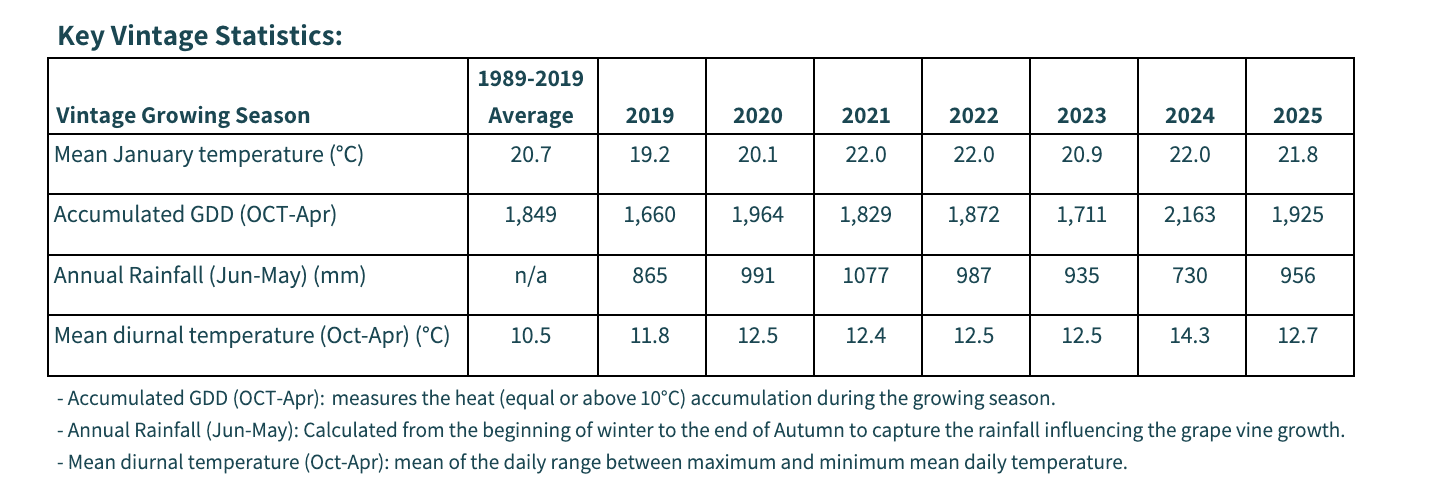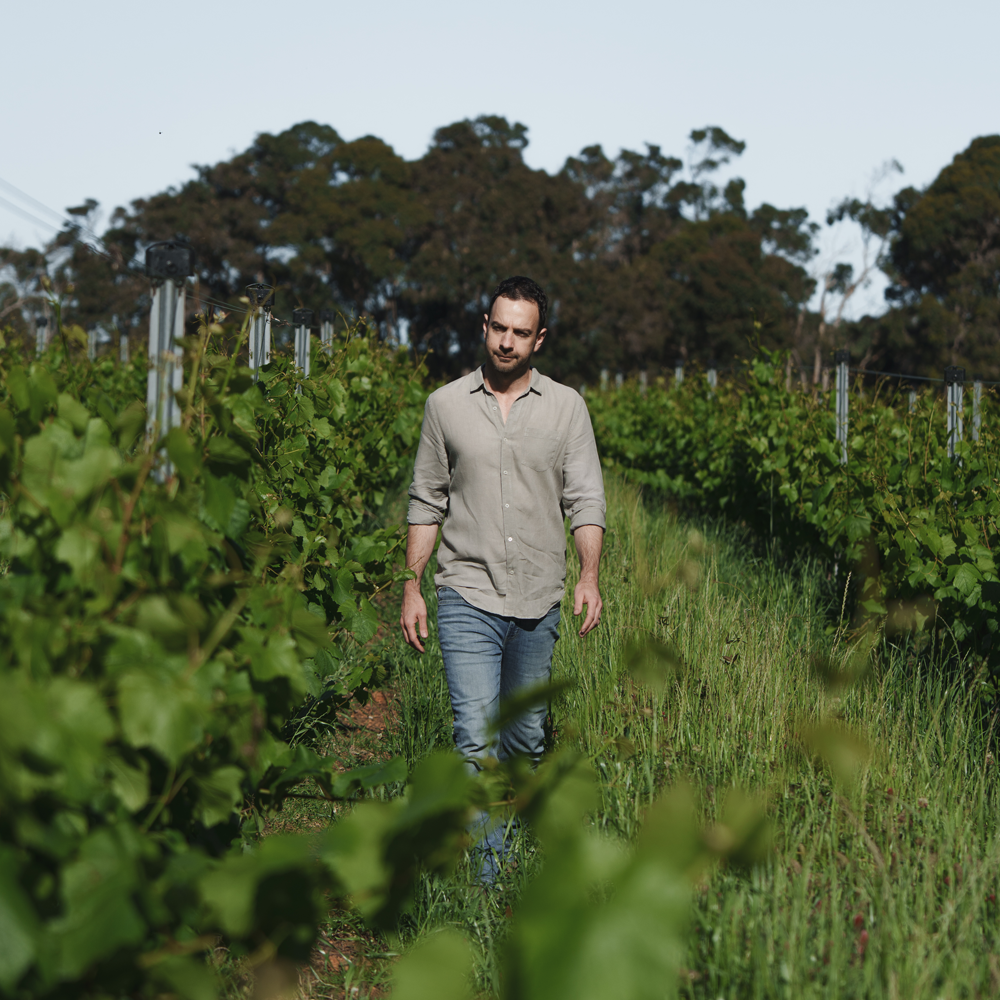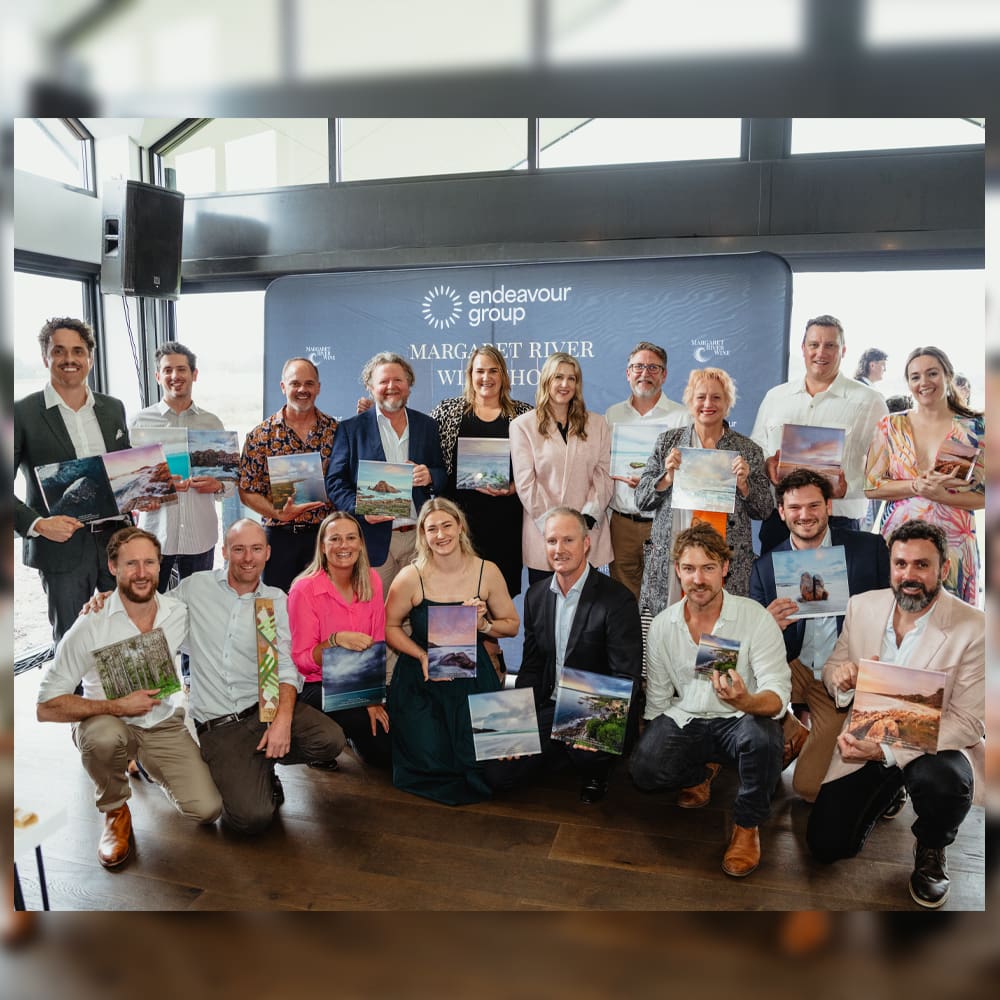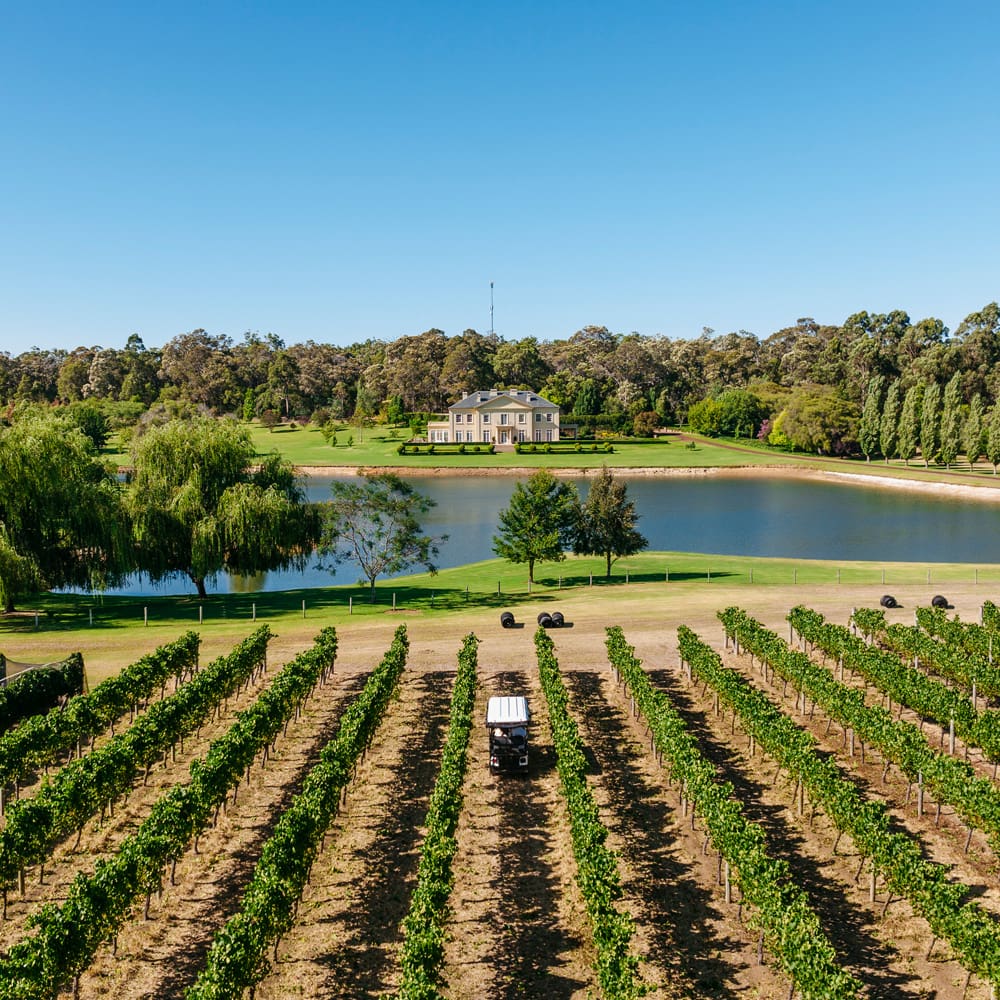Following the early, fast-paced and dry 2024 vintage, the 2025 vintage in Margaret River will be remembered for its balance, consistency, and near-perfect ripening conditions.
Margaret River 2025 Vintage Growing Season
A delayed start to winter rainfall concluded with a strong finish—August recorded the highest rainfall on record—replenishing soil moisture, filling dams and setting vines up well for the season ahead.
As with all Margaret River vintages, the foundations were laid in spring, with moderate temperatures, setting up vineyards very well for the transition into summer with healthy canopies helping to carry yields that had set favourable during flowering.
This was followed by a warm and consistently dry summer, accompanied by the afternoon sea breezes that played their signature role in reducing disease pressure and moderating ripening conditions, delivering a long, even growing season. This allowed fruit to develop steadily with exceptional composure, while preserving acidity and freshness.
While the growing season was smooth, the impact of the previous vintage’s hot and early conditions remained evident in vine physiology, with some blocks showing uneven shoot growth and reduced vigour. Chardonnay displayed initial bursts of growth, followed by a developmental pause, which pushed veraison into mid-to-late January—unusually coinciding with Cabernet Sauvignon.
The 2025 vintage growing season temperatures were close to average and comparable to those experienced in 2021 and 2022—both considered high-quality vintages.
The region experienced very little disease pressure throughout the season, contributing to excellent fruit conditions at harvest.
Margaret River 2025 Vintage Harvest Conditions
After an abundant marri blossom in the summer of 2024, this season saw a noticeable absence, prompting fast-paced netting regimes across the region to protect grapes from native birds—who turn to the fruit when marri blossom is scarce. Such is the price of growing grapes in a biodiversity hotspot, where wildlife thrives.
Harvest for white varieties commenced in early February, much more in line with traditional timings and around three weeks later than the very early 2024 vintage.
Leading into the red harvest, conditions were ideal – classic autumnal weather with cool nights and mild to warm, sunny days.
A brief rain event (14 –18 mm) on 13-14 March interrupted harvest, but fortunately, from mid-March onwards, the season settled into consistently warm and dry conditions, with the last week of March shaping up to be one of the warmest in decades, accelerating sugar accumulation in the reds.
With precision and patience, the season allowed the fruit to develop steadily and achieve the balance of fruit purity, tannin ripeness and natural acidity.
Some showers in April threatened to disrupt the end of the season but most grapes were already safely in the wineries, and the majority of the region was finishing before Easter.
Fruit Profile
Chardonnay was in exceptional condition, with higher-than-expected yields in some vineyards. Sauvignon Blanc and aromatic whites thrived, benefiting from well-structured canopies and steady ripening, which contributed to excellent flavour development. Semillon also delivered an impressive crop, ripening evenly in moderate conditions during the tail end of the white harvest.
The reds are showing great promise, with a strong vintage for Shiraz due to the warmer conditions. Cabernet Sauvignon and Malbec emerging as the highlights, especially in earlier harvests before the heat in late March and rainfall in April.
In summary, thanks to the wet winter, beautifully moderate, dry growing season and harvest, the 2025 vintage is shaping up to be an exceptional year – comparable to the standout 2018.
Early estimates by the Margaret River Wine Association suggest a total regional harvest size of approximately 34,000 tonnes—similar to 2024 and around five percent above the recent five-year average.







